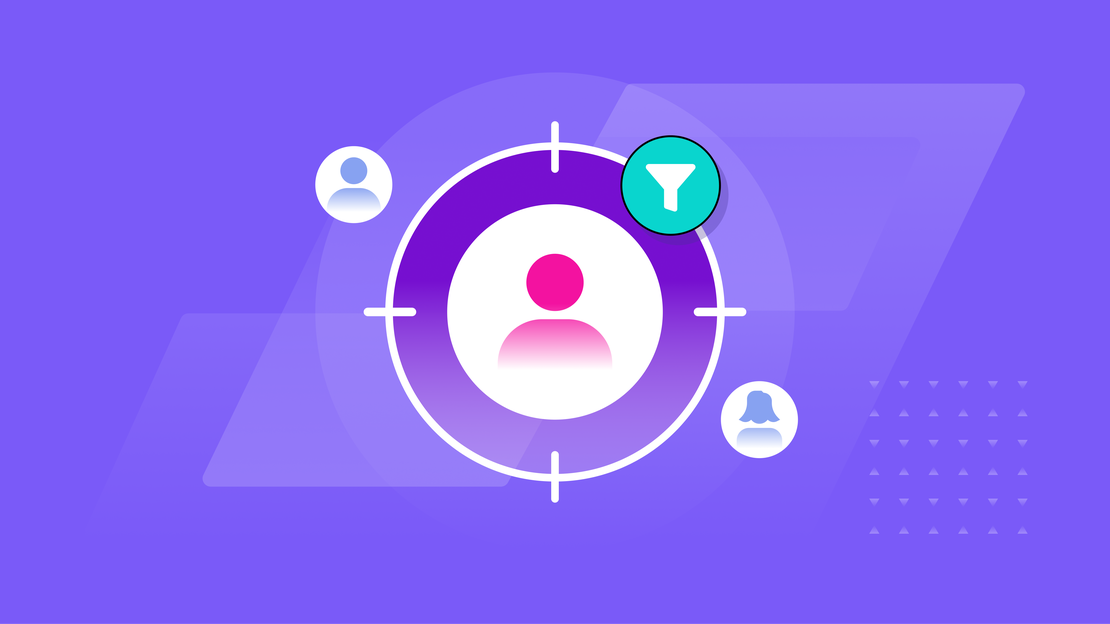What Are Leads? And How Do They Impact Your Sales?

Table Of Contents
What are leads?
Leads are people who show interest in what you offer. They may have left their email address in exchange for a free download or sent you a message with a question. While they’re not customers yet, they’re open to what you have to offer.
Why are leads important for your sales?
Leads drive your revenue because they represent potential customers. Without leads, you’re constantly searching for new clients. The more high-quality leads you have, the greater your chances of increasing sales.
For example, if you have 100 leads and 10% convert into customers, you gain 10 new buyers. That’s a high conversion rate (the average is around 1–5%), but the key takeaway is this: more leads = more sales—as long as you follow up consistently.
Later in this article, we’ll explain how to automate your lead follow-up process.
Three types of leads: cold, warm, and hot
1. What are cold leads?
Cold leads are people who have only just discovered you. They may have visited your website once and left their email address, but they’re not actively interested yet. You often reach them through ads or cold outreach, such as a LinkedIn post.
With cold leads, you need to build a relationship before they consider buying. You can do this by engaging with them, sending emails, or offering valuable content.
2. What are warm leads?
Warm leads are more familiar with you. They follow you on social media, have been receiving your emails for a while, or have met you at an event. They’re interested but haven’t made a purchase yet. Now, the key is to keep providing value and building trust.
A free webinar, workshop, or masterclass can help move them closer to a sale.
3. What are hot leads?
Hot leads are ready to buy. They’ve already reached out, checked your offer, or even placed a product in their cart. These are the leads you should actively follow up with—through a compelling offer or a personal conversation.
How do you get leads?
Generating leads can be done in several ways:
- Through your website: Offer a free download, registration form, or chat feature
- Through social media: Engage via DMs, post interactions, or lead forms on platforms like Facebook and LinkedIn
- Through ads: Run paid campaigns with a strong call-to-action (e.g., a free training or webinar)
- Through email marketing: Send newsletters with tips and invitations to connect
- Through networking: A good conversation at an event or within a community can also generate valuable leads
Generating leads through different channels
1. Leads on your website
Your website is one of the best places for people to learn more about you and your offerings. Website leads often come through a blog post, a free giveaway (such as an ebook), or a contact form. The easier you make it for visitors to leave their information, the more leads you’ll collect.
2. Leads on Facebook
On Facebook, you can generate leads through posts, ads, or your community. People might engage with your posts, download something via a lead form, or send you a private message. Facebook groups can also be effective (especially if you’re targeting older audiences), as they allow people to get to know you through valuable discussions.
3. Leads on Instagram
DMs and stories are powerful tools for generating leads on Instagram. Try using interactive polls in your stories (“Would you like to learn more about this?”) or posts with a clear call-to-action (“Send me a message if this resonates with you!”). Your link in bio is also crucial—it should direct people to something valuable, such as a free resource.
4. Leads on LinkedIn
LinkedIn is ideal for attracting business leads. Opinion pieces and in-depth articles can help position you as an expert and draw in the right audience. Engaging in discussions and sharing insights can also boost credibility and visibility.
5. Leads on YouTube
On YouTube, people actively search for solutions, making them highly engaged leads. If your videos provide valuable answers, viewers will stick around. Always include a link to a free resource or contact form in your video description and mention it in the video itself.
YouTube leads are often already well nurtured, as they’ve spent time getting to know you through your content.
What should you pay attention to when generating leads?
What’s the point of collecting leads if you do nothing with them? A long list of email addresses that never convert into customers won’t help your business grow.
That’s why lead nurturing is essential.
- You need to engage with your leads by offering valuable tips and stories that help solve their problems
- Show them what you or your company stands for—something they can relate to
- The more they recognize themselves in your message, the more they trust you, and the more likely they are to buy from you
With the right approach, lead nurturing helps you get the most out of your leads. And with a CRM system, you can even automate the entire process.
Managing leads automatically with CRM software
FlowQi’s CRM system, integrated with an Email Marketing Tool, takes a lot of work off your plate. Leads from web forms, social media, and emails are automatically stored and scored based on behavior—so you know exactly who has the most potential.
You can also set up automated, personalized campaigns triggered by specific actions, assign tasks to the right team members, and receive reminders when a lead has been left unattended for too long.
Experience the power of automated lead management
Stop letting valuable leads slip through the cracks. Get more out of your leads and increase your sales effortlessly. Sign up now for our BETA Program and try FlowQi CRM + all our other software for free!